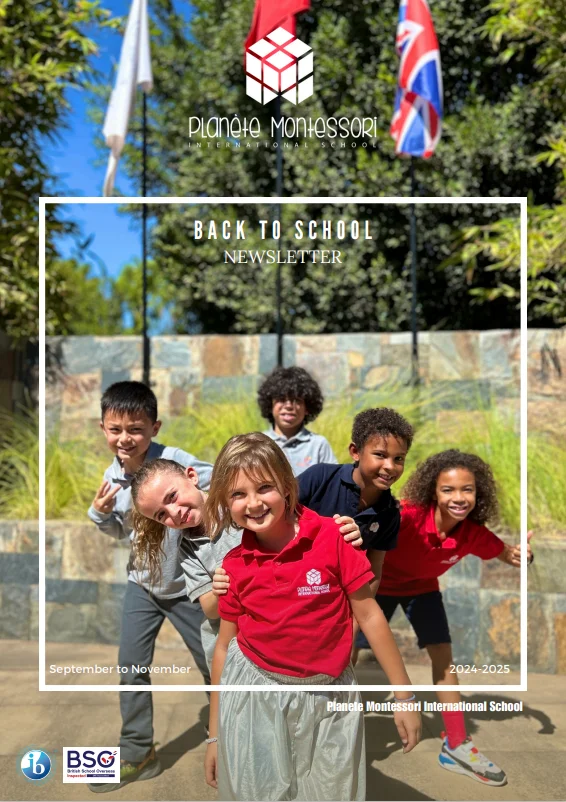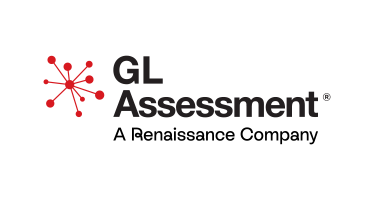5 Proven Tips for Montessori Bilingual School in Marrakech
[toc]
5 tips for Montessori bilingual school selection starts with evidence, not promises. This guide gives clear criteria, examples, and a printable checklist to help you choose a true Montessori environment with a robust bilingual model in Marrakech.
5 tips for Montessori bilingual school in Marrakech. Verify authenticity, bilingual model, staff, environment, and fees. Includes checklist, links, and images.
1) Verify real Montessori, not branding
A school is Montessori by practice, not by label. Start with these 5 tips for Montessori bilingual school authentication checks.
1.1. Training and credentials
Ask for one AMI- or MACTE-credentialed guide per classroom cycle (3–6, 6–12), with trained assistants. Request staff bios and copies of diplomas. If a school says “Montessori-inspired,” ask how they ensure fidelity to the method week to week. This direct request anchors 5 tips for Montessori bilingual school due diligence.
1.2. Materials and sequences
Look for complete sets, child-sized, in good condition, arranged from simple to complex. Pink Tower, Brown Stair, cylinder blocks, sandpaper letters, moveable alphabet, number rods, golden beads, bead chains, stamp game. Incomplete or toy-like substitutes are a red flag. A real environment lets the child self-correct, a core principle behind these 5 tips for Montessori bilingual school.
1.3. Work cycle and observation
A genuine class offers an uninterrupted 2–3 hour morning work cycle. You should be allowed to observe silently at least once per term. If observation is restricted to empty rooms or five-minute tours, reconsider. Observing the work cycle is one of the practical 5 tips for Montessori bilingual school that prevents guesswork.
External resources:
-
Association Montessori Internationale (AMI) — overview of training and standards
-
UNESCO — child-centered learning and early education guidelines
2) Inspect the bilingual model in practice
A bilingual label means little if English or French appears only at circle time. The second of the 5 tips for Montessori bilingual school is to evaluate immersion where learning happens: independent work.
2.1. Languages present during work
Check that Arabic, French, and English appear in presentations, shelf labels, readers, and child-led work. Songs alone do not build literacy. Ask for the weekly language plan and time-on-task numbers.
2.2. Distribution and continuity
How are languages distributed—by guide, half-day, area, or day of week? Is there progression year over year? A strong program has reading shelves and writing materials in each target language and keeps exposure consistent. This is central to the 5 tips for Montessori bilingual school because sporadic exposure yields weak outcomes.
2.3. Staff proficiency and coaching
Prefer native or near-native speakers with ongoing coaching. Ask how classrooms are audited for language quality. Robust coaching supports the aim of the 5 tips for Montessori bilingual school: reliable daily practice, not slogans.
Internal links:
3) Inspect the environment and routines
The prepared environment is a silent teacher. The third of the 5 tips for Montessori bilingual school is to read the room.
3.1. Multi-age community
Mixed ages (e.g., 3–6) enable peer modeling and leadership. Single-age “Montessori” classes undermine core dynamics. Confirm actual age ranges in each room.
3.2. Order, beauty, and movement
Shelves at child height, clear floor paths, natural light, and calm sound levels. Each activity complete on its tray or basket. Ten well-curated options beat fifty cluttered ones. This environmental clarity supports all 5 tips for Montessori bilingual school by protecting concentration.
3.3. Real work beyond academics
Practical life (pouring, food prep, care of plants), sensorial, language, math, art, music, and culture. Look for fieldwork and outings that connect to local life in Marrakech. Real work gives context to bilingual language use.
4) Check guide quality, ratios, and assessment
People make the method live. The fourth of the 5 tips for Montessori bilingual school is to review staffing and how progress is tracked.
4.1. Ratios and roles
One trained guide plus a trained assistant per class. Calm movement, soft voices, minimal interruption. Ask for maximum class size, guide/assistant ratios, and retention over three years.
4.2. Observation-based assessment
Look for portfolios, anecdotal records, and periodic conferences instead of frequent tests or worksheet homework in early years. Ask to see sample progress notes. Evidence-based observation aligns with these 5 tips for Montessori bilingual school and reduces pressure on young children.
4.3. Parent visibility
Parents should have scheduled observation windows, concise written notes, and term meetings with action items. Lack of visibility is a risk.
External resources:
-
AMI — how observation guides teaching practice
-
UNICEF — quality learning environments and early childhood principles
5) Clarify fees and the family partnership
Money and mindset matter. The fifth of the 5 tips for Montessori bilingual school is to remove ambiguity and align home with school.
5.1. Itemize everything
Ask for a full sheet: tuition; materials; outings; meals; uniforms; books; registration; aftercare; transport; exam fees; late pick-up; VAT; payment schedule; refund/withdrawal rules; sibling discounts; scholarships. If “materials” is vague, request the inventory and replacement policy.
5.2. Family partnership in practice
-
Home micro-routines: greeting, snack prep, tidy-up in one target language.
-
Reading plan: 10 minutes English read-aloud, 10 minutes Arabic or French.
-
Practical life list: weekly jobs aligned with class skills.
-
Workshops: Montessori basics, language exposure, screen policy, positive discipline.
-
Office hours: monthly Q&A with guides.
5.3. Admissions questions to print
-
What does the annual “materials” fee include exactly?
-
How many observation windows per term?
-
What % of English occurs during independent work?
-
Class size, ratios, and staff turnover for the last 3 years?
-
All-in annual cost at typical participation?
This clarity supports the closing aim of the 5 tips for Montessori bilingual school: no surprises after enrollment.
Quick red flags — expanded
Use this filter before shortlisting. It operationalizes the 5 tips for Montessori bilingual school.
Worksheets for 3–6
-
See: workbooks, nightly homework.
-
Why it’s a problem: replaces materials; kills concentration.
-
Ask: “Which sensorial or practical-life work builds the same skill?”
-
Better: Pink Tower, moveable alphabet, number rods; portfolios.
“Montessori-inspired” with no trained guides
-
See: vague bios, no AMI/MACTE.
-
Why: fidelity drops; materials misused.
-
Ask: guide credentials per class; coaching plan.
English limited to circle time
-
See: songs only; no English on shelves or in work.
-
Why: no meaningful input during real work.
-
Ask: % English during work cycle; weekly plan; shelf samples.
Crowded rooms
-
See: tight aisles, cluttered shelves, noise spikes.
-
Why: movement blocked; order collapses.
-
Ask: class cap; ratios; room m² per child.
No parent observation
-
See: tours in empty rooms only.
-
Why: hides practice; no accountability.
-
Ask: term observation slots; written guidelines.
If two or more red flags persist after a second visit, move on.
Printable checklist
Montessori fidelity
-
AMI/MACTE guide per cycle
-
Complete, sequenced materials
-
2–3h uninterrupted work cycle
-
Parent observations allowed
Bilingual model
-
Languages used during independent work
-
Weekly language minutes shared
-
Shelves/readers in all target languages
-
Native or near-native guides
Environment and routines
-
Mixed-age community (e.g., 3–6)
-
Orderly, beautiful, calm rooms
-
Practical life, sensorial, language, math, culture
-
Fieldwork/outings connected to Marrakech
Staffing and assessment
-
Healthy ratios and low turnover
-
Portfolios and observation-based reports
-
Term meetings with action items
Fees and partnership
-
Itemized pricing, refund policy in writing
-
Workshops + home routines guide
-
Clear screen and behavior policies
FAQ on school visits
How many visits are enough?
Two. First for a full work cycle, second to confirm answers and observe another room.
What if my child is shy during the visit?
That is normal. Prioritize observing the environment and adult behavior.
How fast should progress appear?
Look for functional milestones: longer focus, purposeful movement, respectful language, practical life competence, and steady language use.
Conclusion
Choosing well is a process. Apply these 5 tips for Montessori bilingual school to verify training, materials, work cycles, language use, and family partnership. Observe in person. Ask precise questions. Compare at least two campuses. The right match delivers calm routines, true bilingual growth, and authentic Montessori practice for your child in Marrakech.







